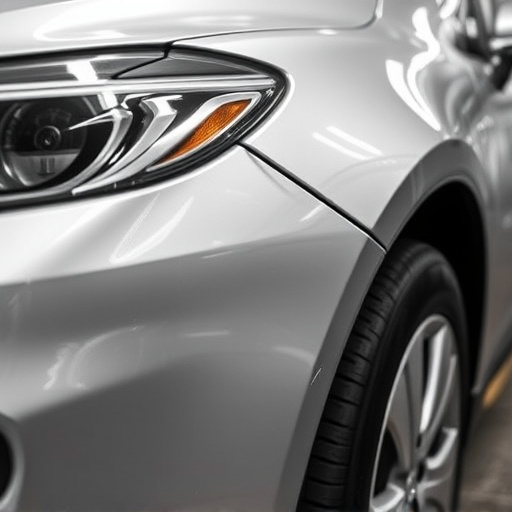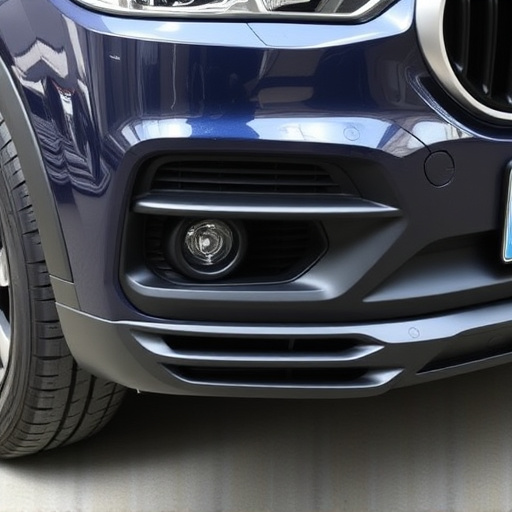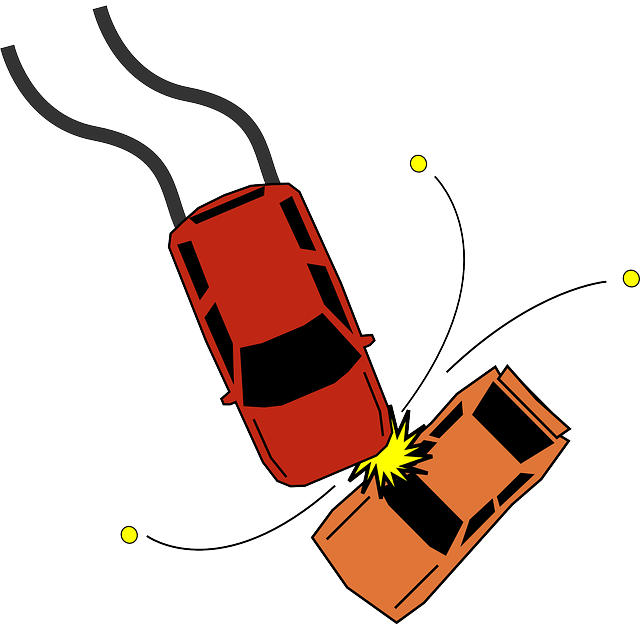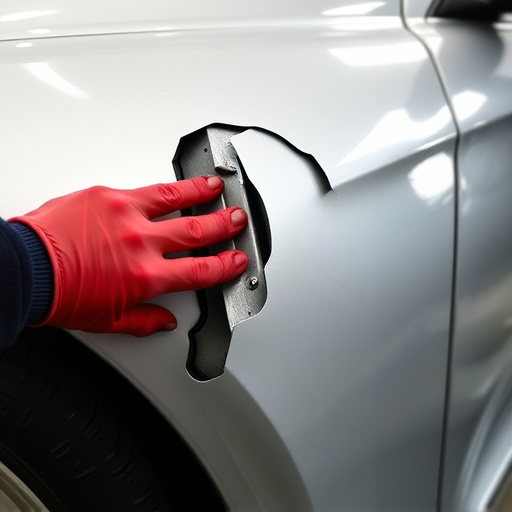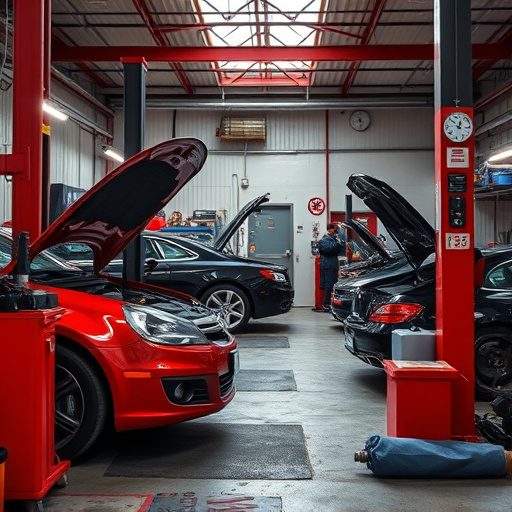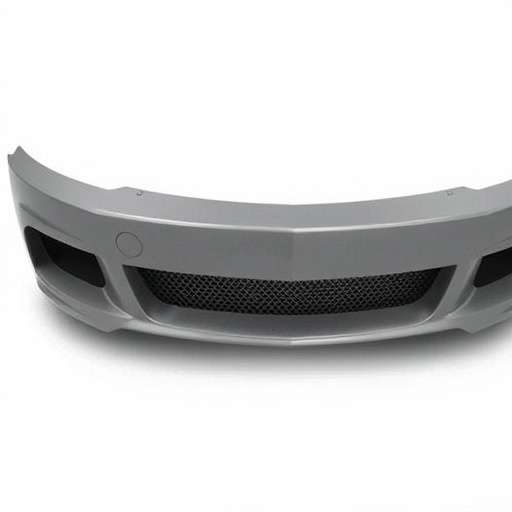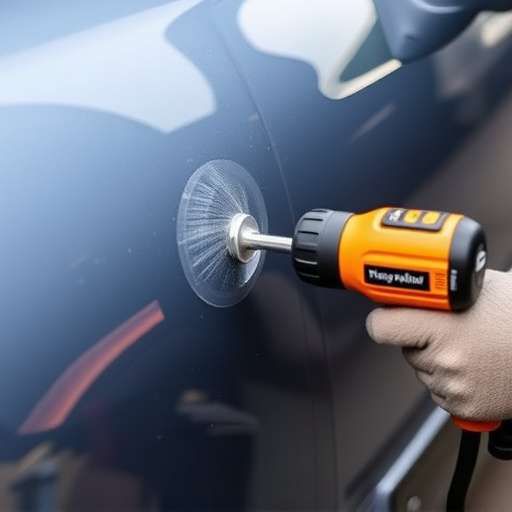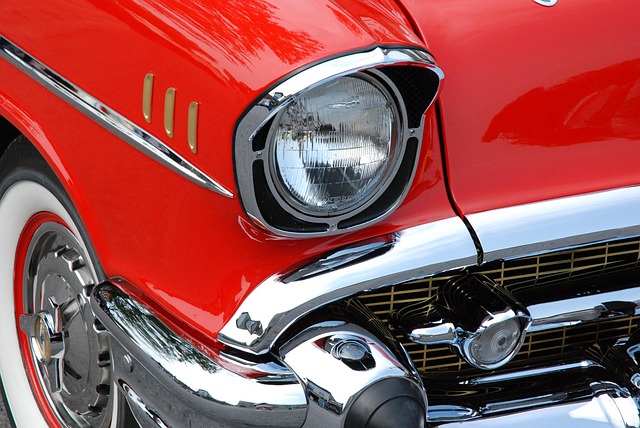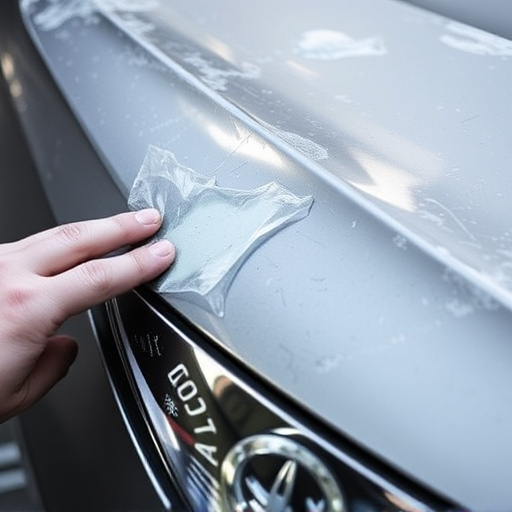Plasma cutting collision repair is a game-changer in auto body restoration, offering unparalleled precision and efficiency. This advanced technology utilizes ionized gas to cut through steel, aluminum, and stainless steel swiftly and accurately, minimizing heat damage. Compared to traditional methods, it provides unmatched speed, reduced waste, and better surface preparation for longer-lasting paint finishes. Mastering plasma cutting requires expertise in metal pre-treatment, gas selection, and understanding plasma arc physics for optimal heat management. Regular calibration and maintenance ensure consistent, precise cuts, making it a cornerstone of high-quality collision repair services.
“Discover the transformative power of plasma cutting technology in revolutionizing collision repair. This advanced method offers unprecedented efficiency and precision, setting a new standard in the industry. In this article, we’ll unveil the secrets behind its mastery, from understanding its unique benefits to exploring techniques for optimal results. By embracing plasma cutting collision repair, professionals can achieve remarkable outcomes, ensuring both durability and aesthetic excellence.”
- Unveiling the Power of Plasma Cutting Technology in Collision Repair
- The Unseen Benefits: How Plasma Cutting Revolutionizes Efficiency and Precision
- Secrets to Mastery: Techniques and Tips for Optimal Plasma Cutting Collision Repair
Unveiling the Power of Plasma Cutting Technology in Collision Repair
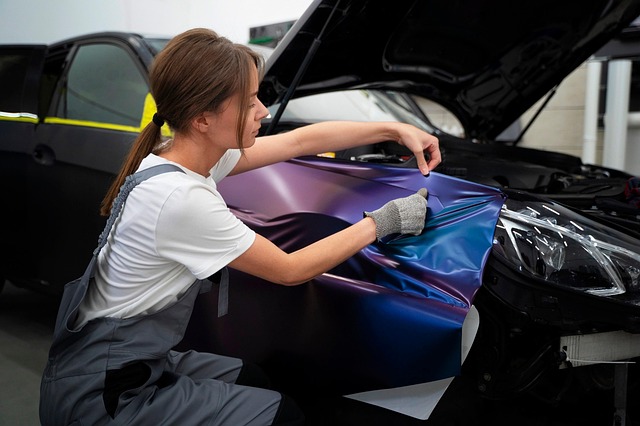
In the realm of collision repair, plasma cutting technology has emerged as a game-changer, revolutionizing auto body services and vehicle body repair processes. Unlike traditional methods, plasma cutting offers unparalleled precision and efficiency in metal fabrication and welding tasks. By utilizing a high-velocity stream of ionized gas, this innovative technique cuts through various materials with remarkable speed and accuracy, making it an indispensable tool for collision repair experts.
Plasma cutting collision repair has several secrets up its sleeve. Firstly, it minimizes heat input, resulting in less distortion and damage to the surrounding material. This is particularly beneficial when dealing with delicate or complex vehicle body parts. Secondly, plasma cutting allows for intricate cuts, enabling technicians to create precise patterns and shapes, which opens doors for more creative and tailored repairs. Moreover, its versatility extends to a wide range of materials, from steel and aluminum to stainless steel, making it suitable for various auto body services and collision repair scenarios.
The Unseen Benefits: How Plasma Cutting Revolutionizes Efficiency and Precision
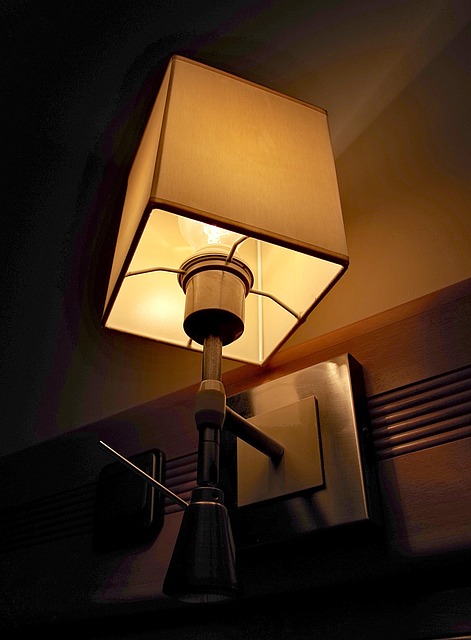
Plasma cutting collision repair stands out for its unseen benefits that revolutionize both efficiency and precision in automotive restoration. Unlike traditional methods, plasma cutting offers a level of accuracy and speed unmatched by manual techniques or alternative tools. This advanced technology enables precise cuts through various materials, including metal, ensuring minimal waste and damage to surrounding areas. The result is not just faster repair times but also higher-quality outcomes, which are crucial aspects for auto body restoration.
Moreover, plasma cutting enhances the overall process of car paint services and auto painting. By providing clean, accurate cuts, it prepares surfaces perfectly for painting or other finishing treatments. This meticulous attention to detail not only improves the aesthetics of restored vehicles but also guarantees a longer-lasting finish. In essence, embracing plasma cutting in collision repair is a game-changer that combines efficiency and precision to deliver top-tier car body restoration.
Secrets to Mastery: Techniques and Tips for Optimal Plasma Cutting Collision Repair

Mastering plasma cutting collision repair is an art that combines precision, skill, and a deep understanding of automotive materials. For those in the auto body work industry, this technique offers unparalleled efficiency and accuracy in repairing car damage. To truly excel, professionals must embrace specific techniques and tips tailored to plasma cutting.
One key secret lies in pre-treating metal surfaces before cutting. This initial step ensures optimal adhesion for filler materials used afterward. Additionally, mastering the art of gas selection is vital; different gases produce varying results, affecting cut quality and speed. Professionals should also invest time in understanding the physics behind plasma arcs to control heat input, minimizing distortion or melting on delicate parts. Moreover, regular calibration and maintenance of plasma cutting machines are essential for consistent performance, ensuring every cut is precise and clean—a hallmark of high-quality collision repair services.
Plasma cutting collision repair has transformed the automotive industry, offering unprecedented efficiency and precision. By understanding the power of this technology and implementing the secrets outlined in this article, professionals can elevate their craftsmanship and deliver superior results. Embrace these techniques to stay ahead in the field of plasma cutting collision repair, ensuring every repair is a testament to your expertise.
